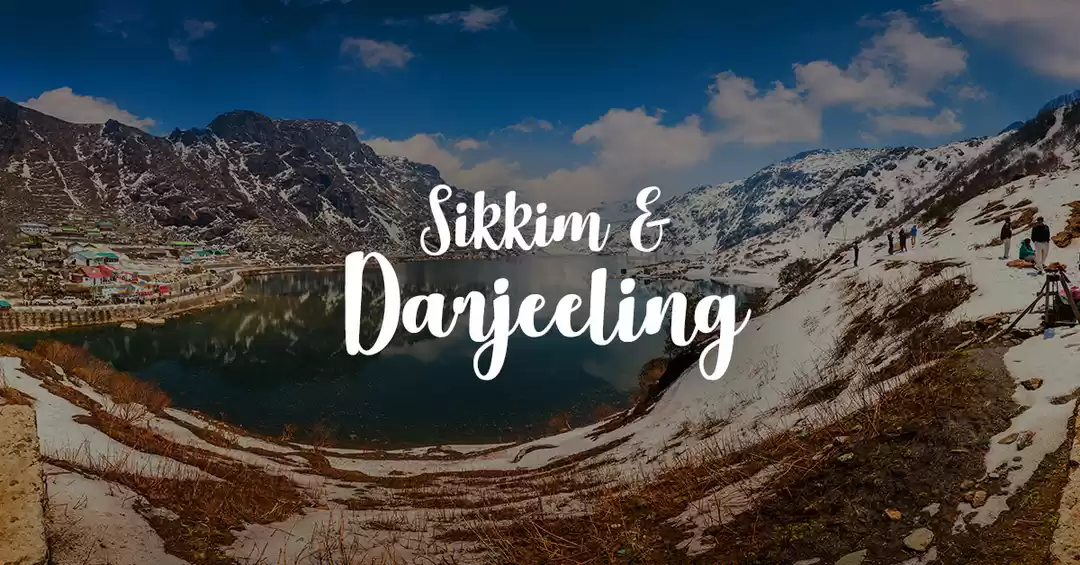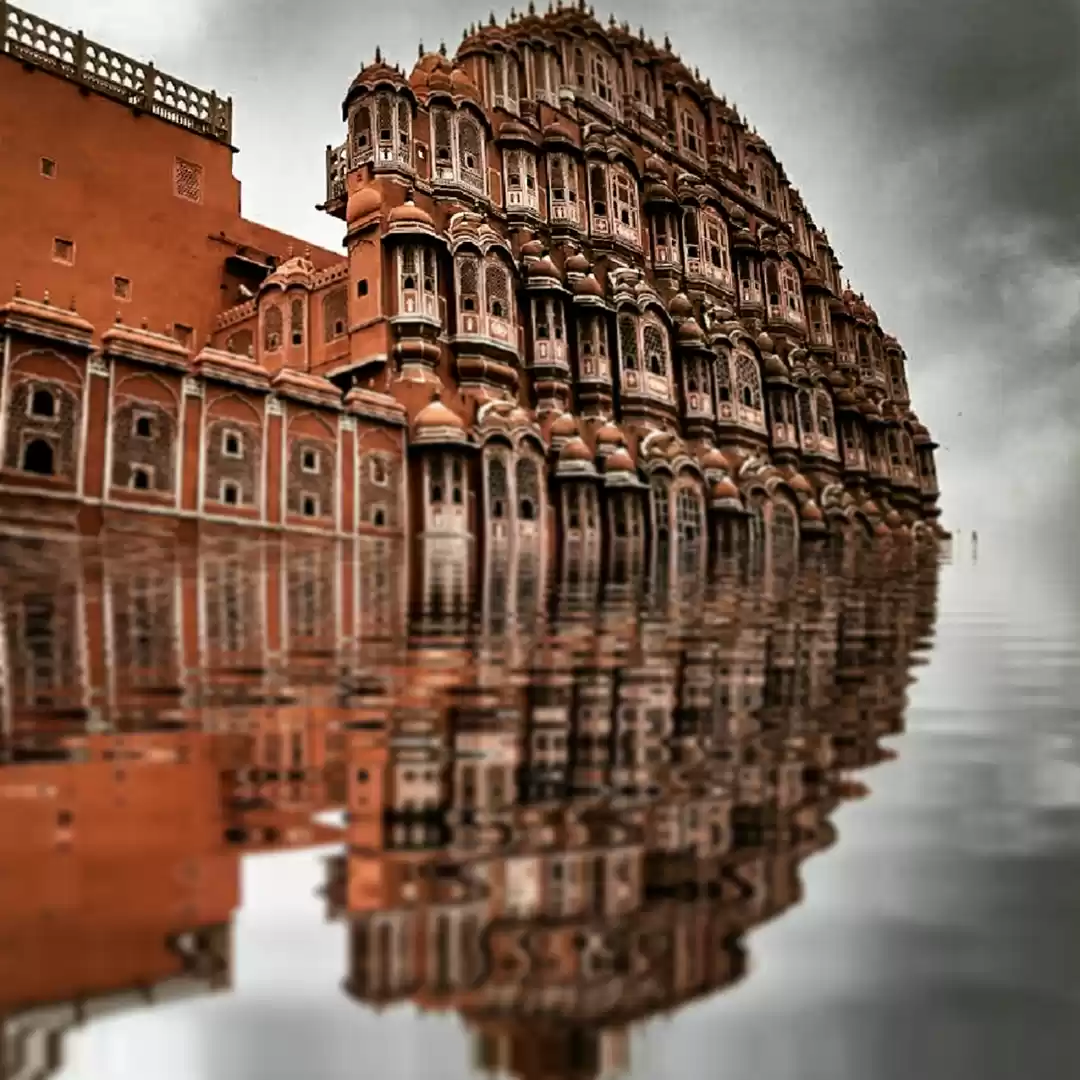
Taj Mahal is declared as one of the 7 Wonders of the world. Located on the banks of river Yamuna, this ivory-white marble mausoleum was built by Shah Jahan in the memory of his wife Mumtaz. It is a monument of true love as the imperial court depicts the grief of Shah Jahan over Mumtaz’s death. Mumtaz was Shah Jahan’s most beloved wife out of 11 and she died delivering her 14th child. As per the last wish of Mumtaz, Shah Jahan built the Taj Mahal to signify their eternal love.
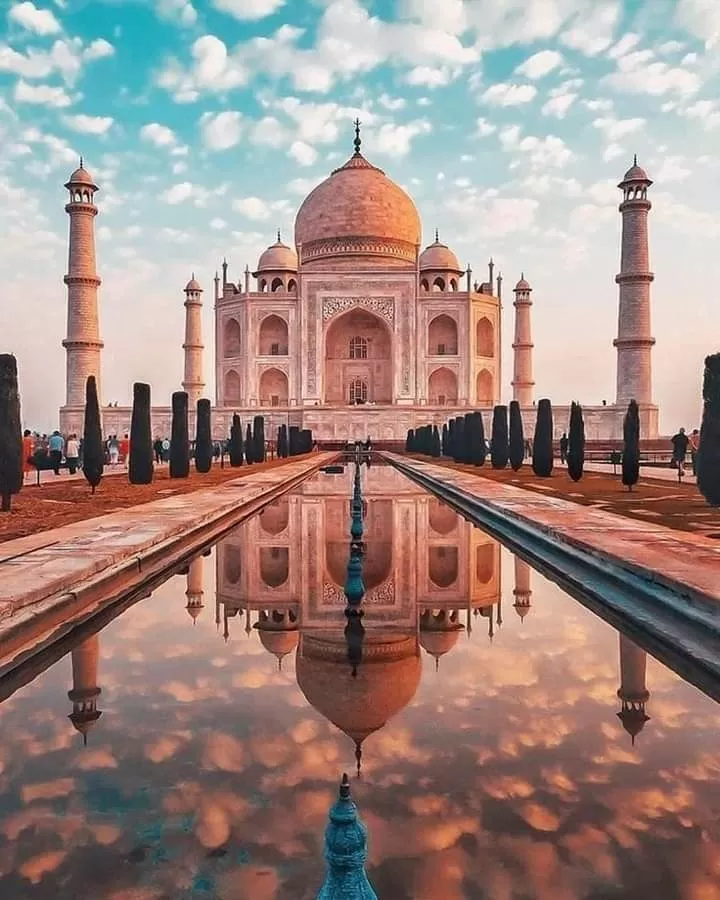




It is definitely a monument but Fatehpur Sikri is actually big enough to be considered a small city. Built during the reign of Akbar, Fatehpur Sikri is home to several iconic landmarks like Birbal’s Palace, Tomb of Salim Chisti and Jama Masjid. Women who are childless come to the tomb of Salim Chisti to seek blessings.
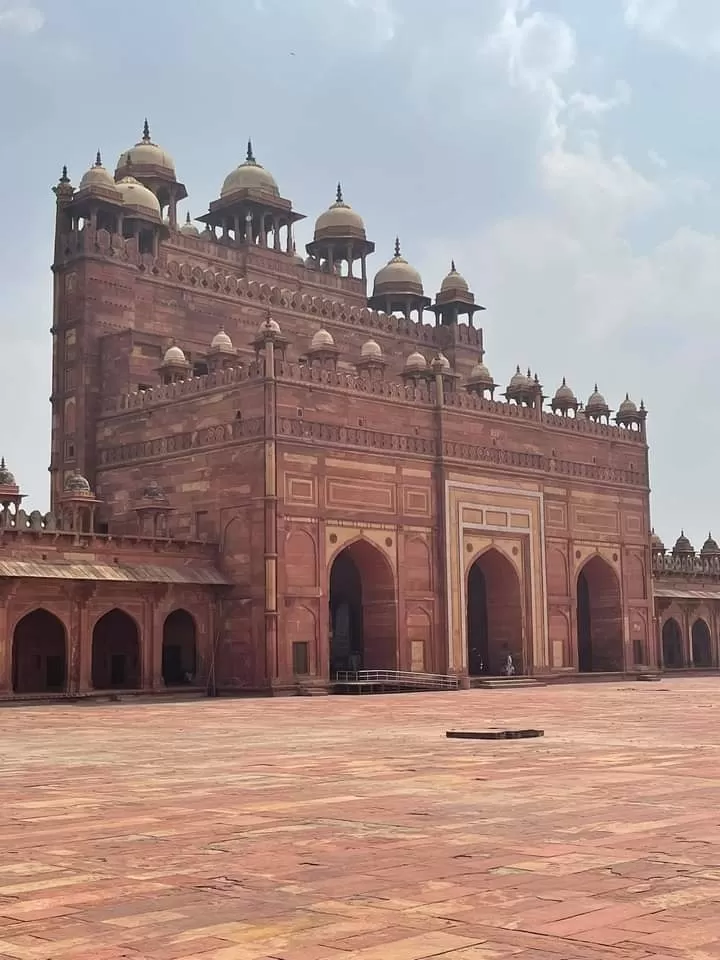

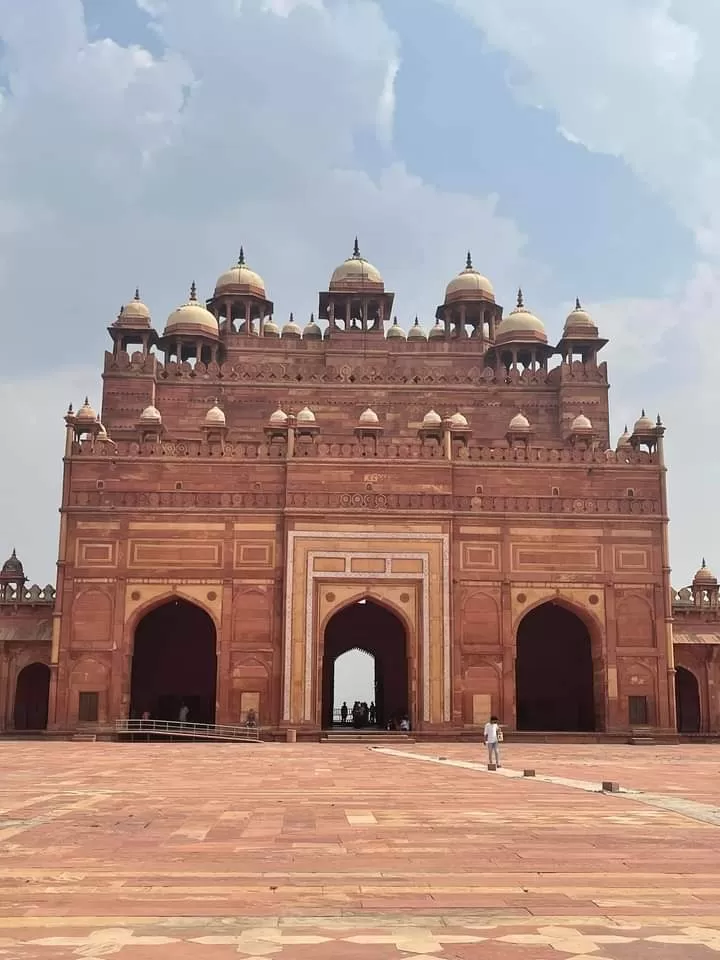


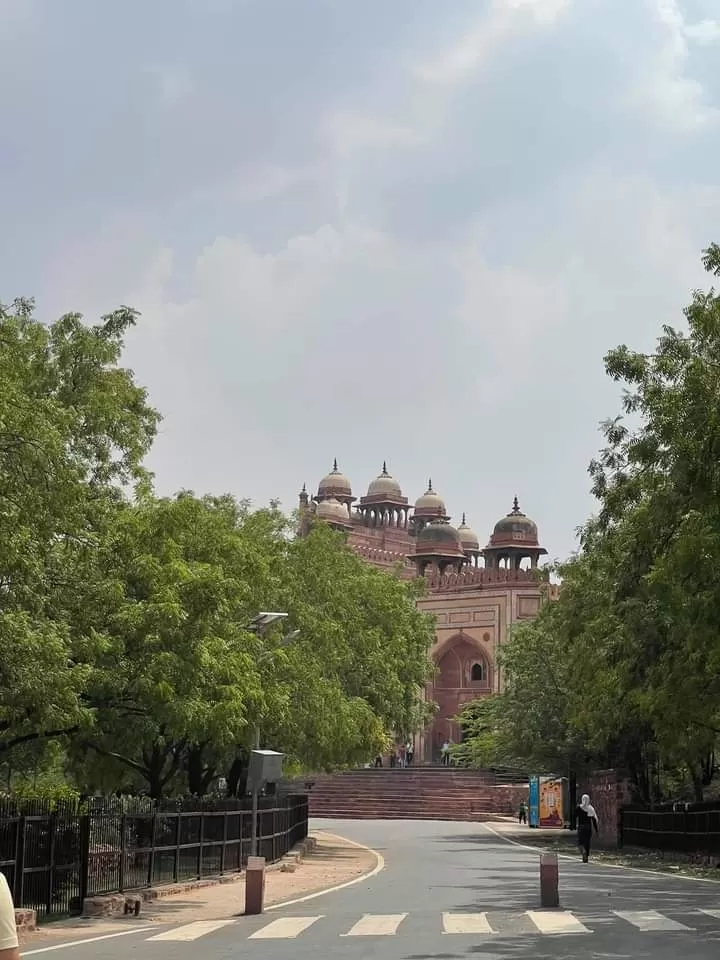




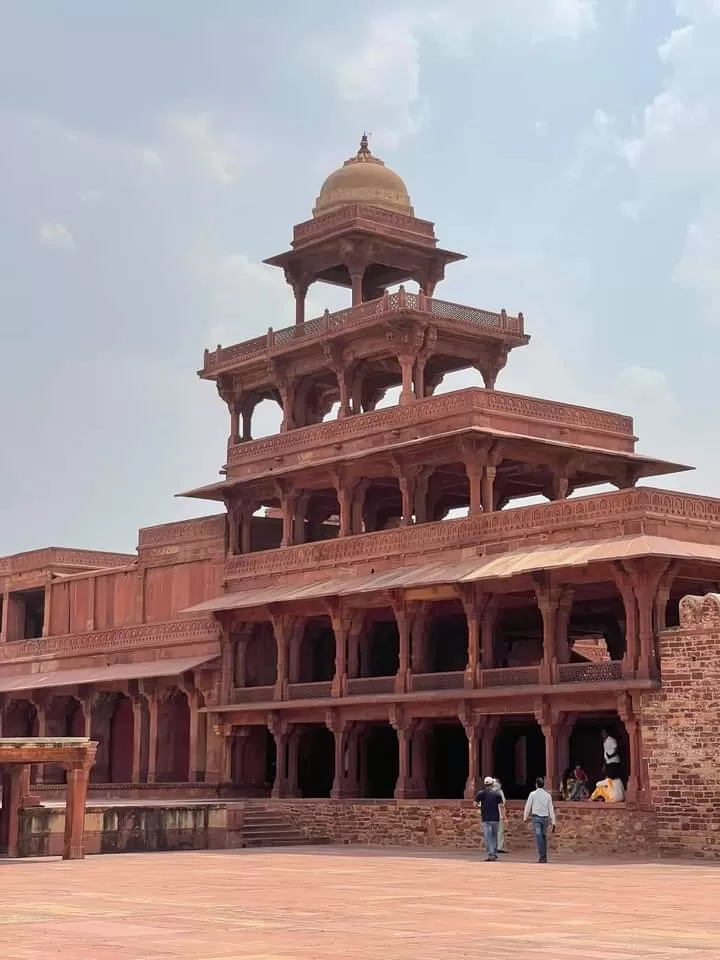


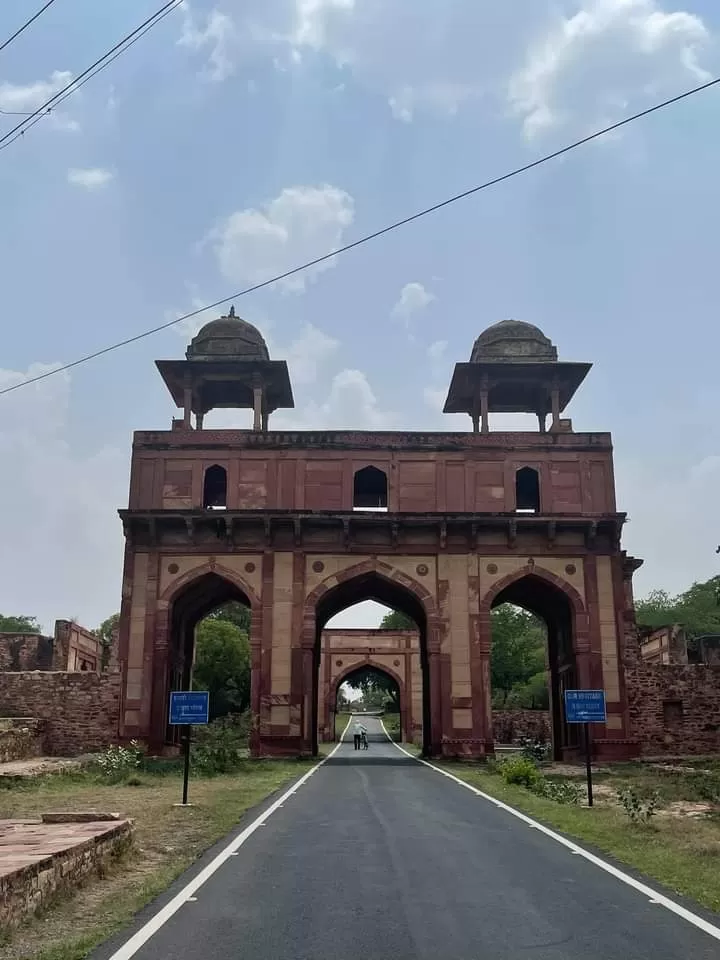

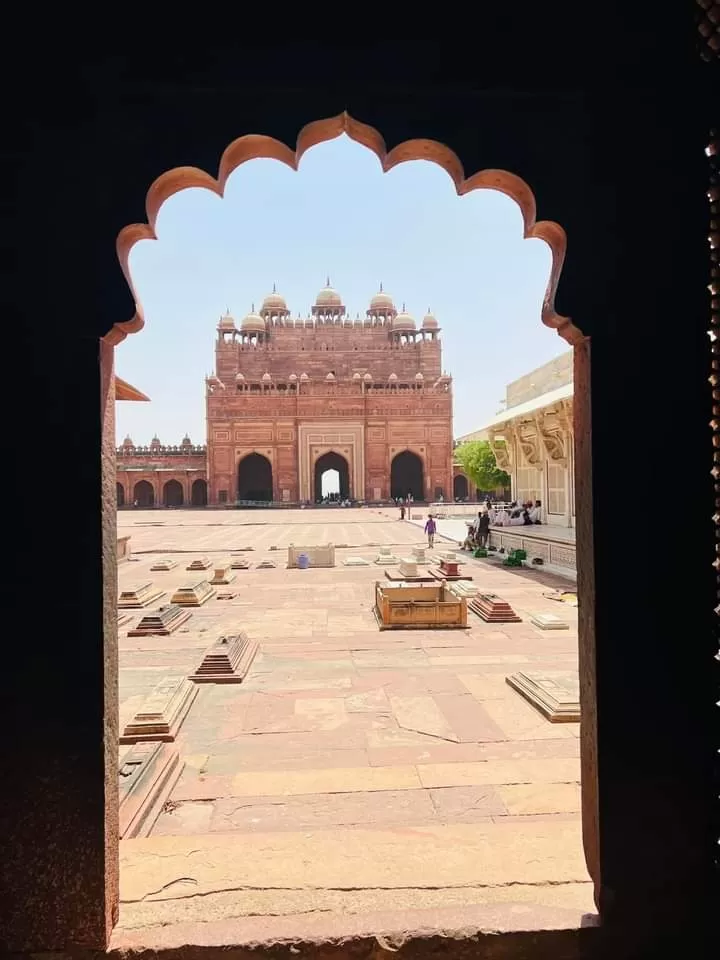







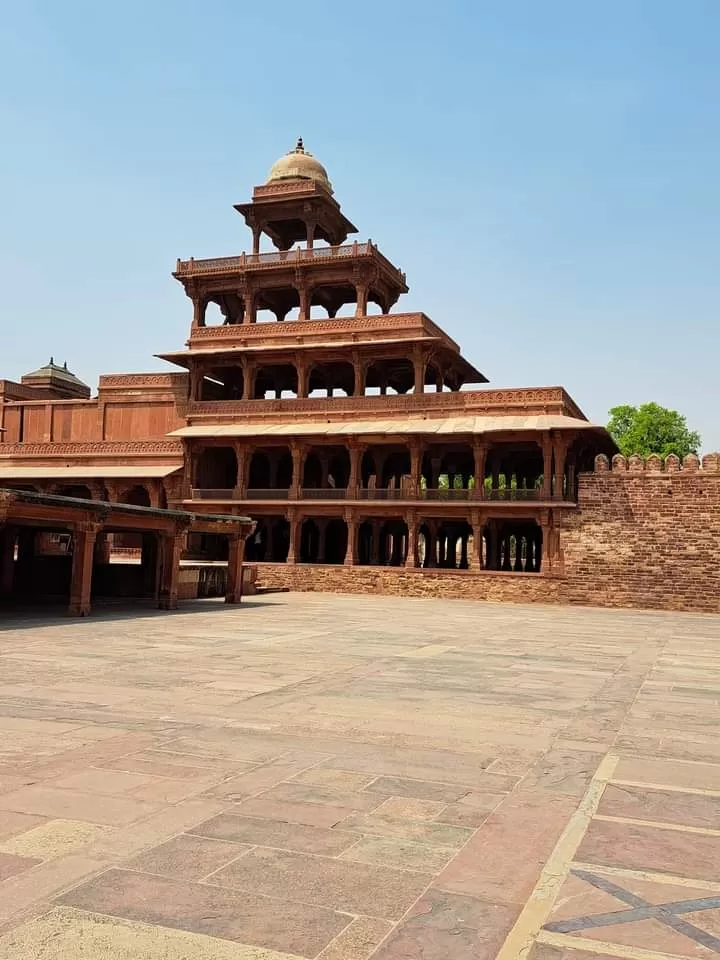





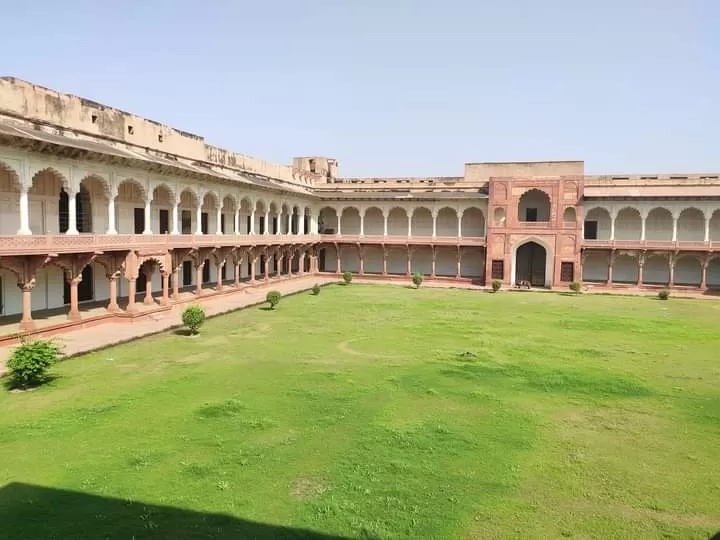





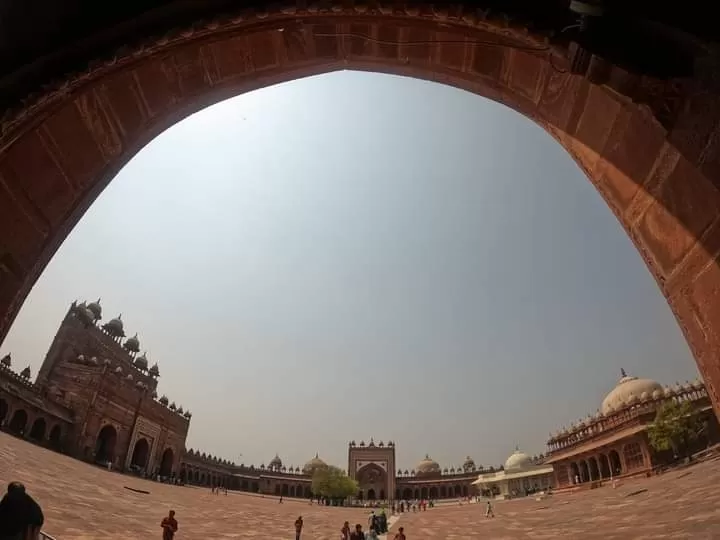


















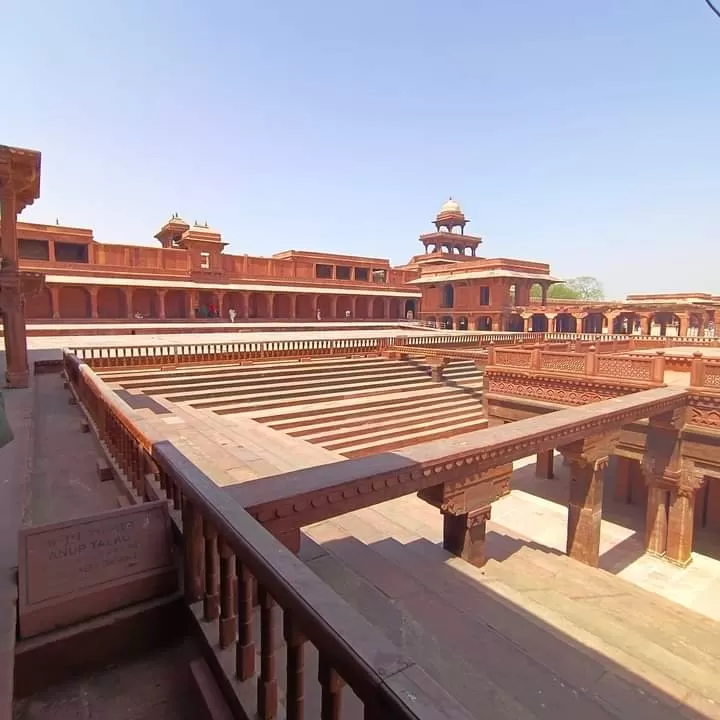



This is a massive fort made by Akbar in 1565 AD and it stands out for its fabulous design and incredible construction. A magnificent piece of strategic design, only the Amar Singh Gate could be used to enter the fort out of the two gates. This fort is included in the top 10 historical places in India and is also mentioned in one of the cases of Sherlock Holmes written by Sir Arthur Conan Doyle called “The Sign Of Four”.





























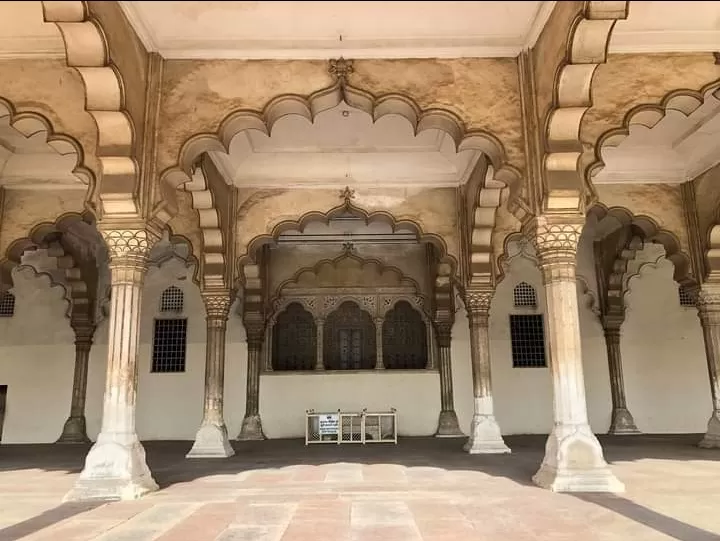



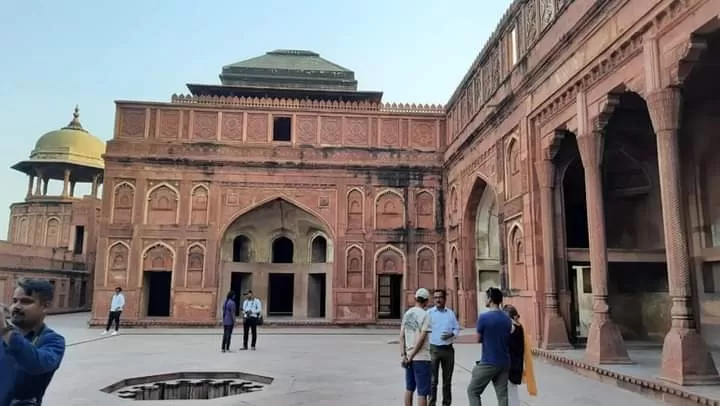









Red fort is one of the famous monuments of India whose enormous size, aesthetic proportions and style, all represent an age of unrestrained opulence. It was also built by Shah Jahan and took over 10 years to complete. This fort used to be white as it was originally made with limestone but it started peeling off under the British rule and hence they painted it red.















Qutub Minar was built to depict the first Muslim kingdom in northern India. It stands at an incredible height of 240ft but the most interesting fact about this historical monument of India is that it has an iron pillar that has not rusted despite the fact that it has been over 2,000 years. The best time to visit would be in October or November when the Qutub Minar festival is held. Don’t forget to attend the light show in the evening.



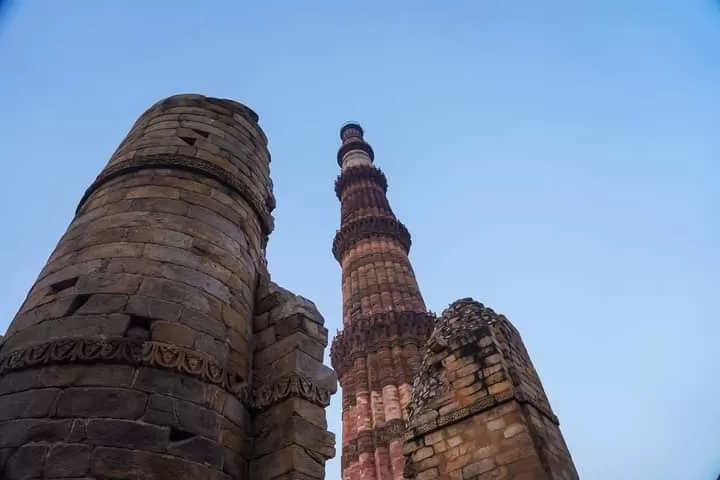




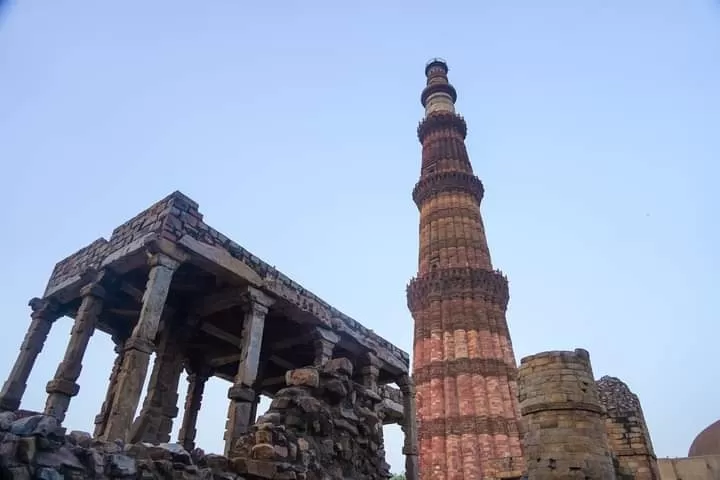

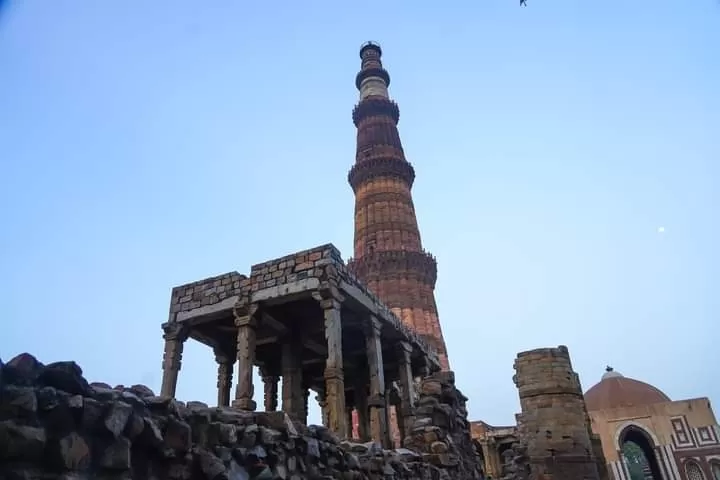
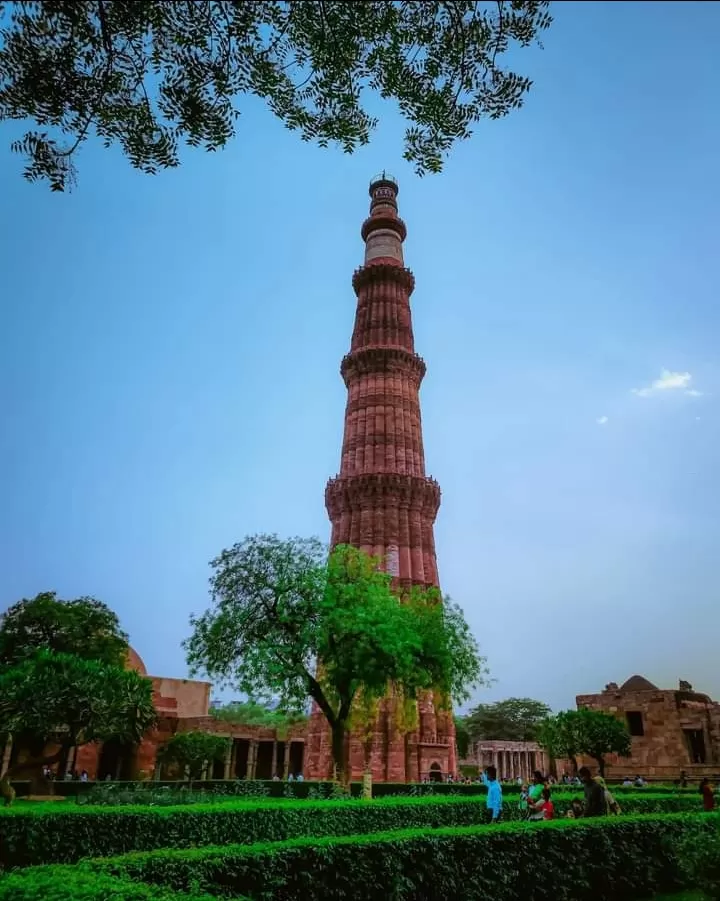




India Gate is a 42-metre tall war memorial built to pay tribute to the soldiers of the British Indian Army who died during World War I. There are beautiful lawns surrounding the monument and a splendid light show at the fountains. You should visit on the Republic Day as there is a parade there every year.
Hawa Mahal is considered to be one of the tallest buildings in the world without any foundation. Despite being curved, it still stands firm due to its pyramidal shape. This monument is known for the intricate lattice work on all of its 953 tiny windows. At first glance, it looks like a crown, which is a sight to behold.
The Hawa Mahal is a palace in the city of Jaipur, India. Built from red and pink sandstone, the palace sits on the edge of the City Palace, Jaipur and extends to the Zenana, or women's chambers.
The structure was built in 1799 by the Maharaja Sawai Pratap Singh, the grandson of Maharaja Sawai Jai Singh, who was the founder of the city of Jaipur, India. He was so inspired by the unique structure the of Khetri Mahal that he built this grand and historical palace.
It was designed by Lal Chand Ustad. Its five-floor exterior is akin to a honeycomb with its 953 small windows called Jharokhas decorated with intricate latticework. The original intent of the lattice design was to allow royal ladies to observe everyday life and festivals celebrated in the street below without being seen, since they had to obey the strict rules of "purdah", which forbade them to appear in public without face coverings. This architectural feature also allowed cool air from the Venturi effect to pass through, thus making the whole area more pleasant during the high temperatures in summer. Many people see the Hawa Mahal from the street view and think it is the front of the palace, but it is the back.
In 2006, renovation works on the Mahal were undertaken, after a gap of 50 years, to give a facelift to the monument at an estimated cost of Rs 4.568 million. The corporate sector lent a hand to preserve the historical monuments of Jaipur and the Unit Trust of India has adopted Hawa Mahal to maintain it. The palace is an extended part of a huge complex. The stone-carved screens, small casements, and arched roofs are some of the features of this popular tourist spot. The monument also has delicately modelled hanging cornices.
Amer Fort is one of the top historical places in India. It is built with both red and white sandstone and the carvings on the ceiling and the walls are simply marvelous. The best part of the Amer Fort is the Sheesh Mahal (mirror palace) that has mirror mosaics and colored glasses.
Chittorgarh is city where chittorgarh fort is situated & it is said that Bheem, one of the pandavas brother built the fort. Now you can imagine that how much importance this fort has. The Fort, which is perched on a 180 meter high hill, covers an area of 700 acres. It is the the largest fort in India.
This beautiful fort was ruined three times. First when Allauddin Khilji deafeted Raja Ratan Singh, second when Bahadur Shah, the Sultan of Gujarat defeated Bikramjeet Singh and third when Emperor Akbar defeated Maharana Udai Singh II. One more thing Jauhar (mass sati) was also performed here and that too three times.That is why, Chittorgarh Fort is called " A destroyed beauty ".
The Chittorgarh Fort also known as Chittorgarh or Chittor Fort is one of the largest forts in India . It is a UNESCO World Heritage Site . The fort was the capital of Mewar and is located in the present-day town of Chittorgarh . It sprawls over a hill 180 m (590.6 ft) in height spread over an area of 280 ha (691.9 acres) above the plains of the valley drained by the Berach River. The fort covers 65 historic structures, which include four palaces, 19 large temples, 20 large water bodies, 4 memorials and a few victory towers.
Places to see in Chittorgarh :
Vijay Stambh (Tower of victory)
Kalika Mata Temple
Gaumukh Reservoir
Rani Padmini Palace
Rana Kumbha Palace
Fateh Prakash Singh Palace (Now Government museum)
Bassi Wildlife Sanctuary
and many more places within the fort region.







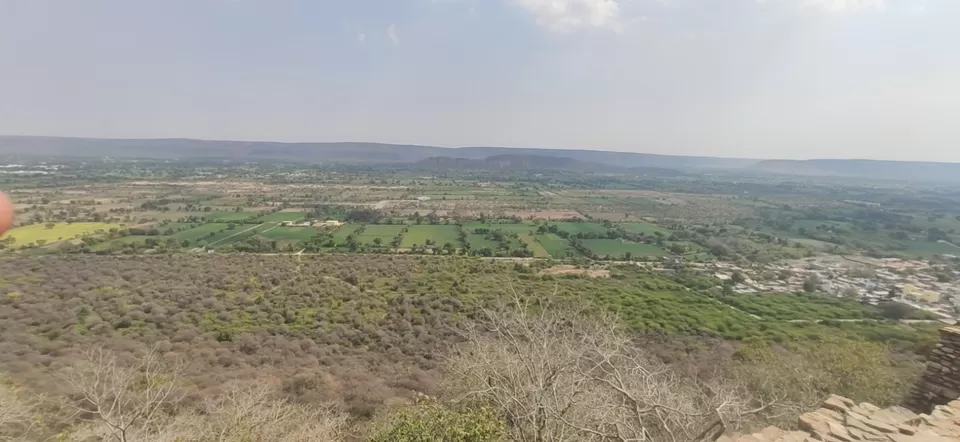


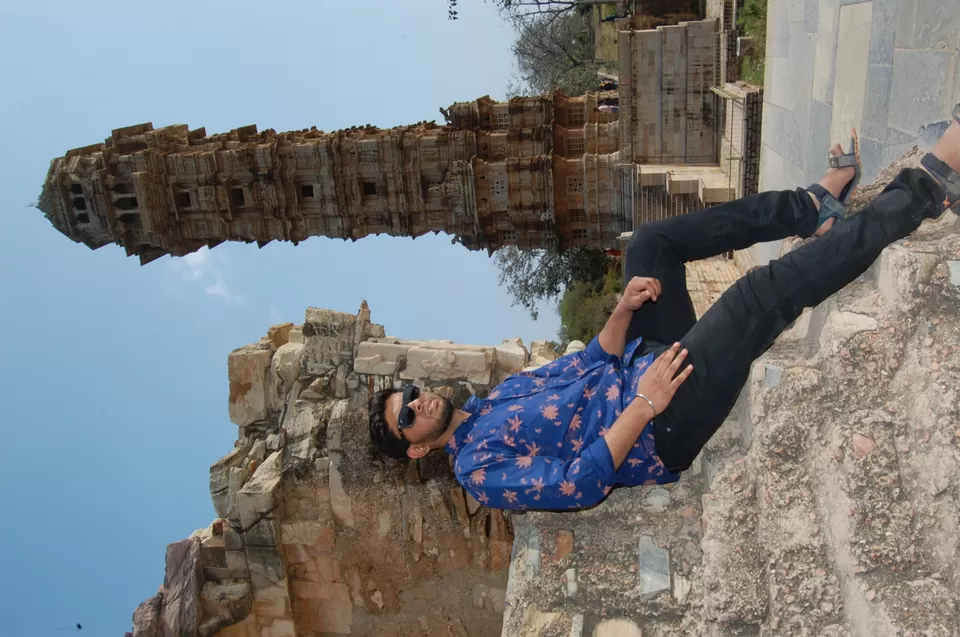

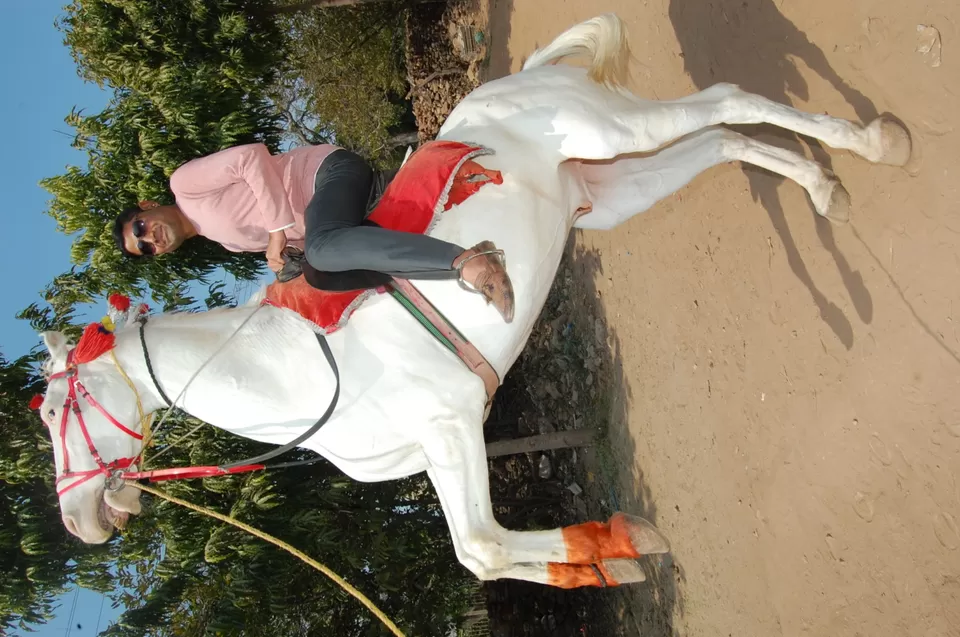




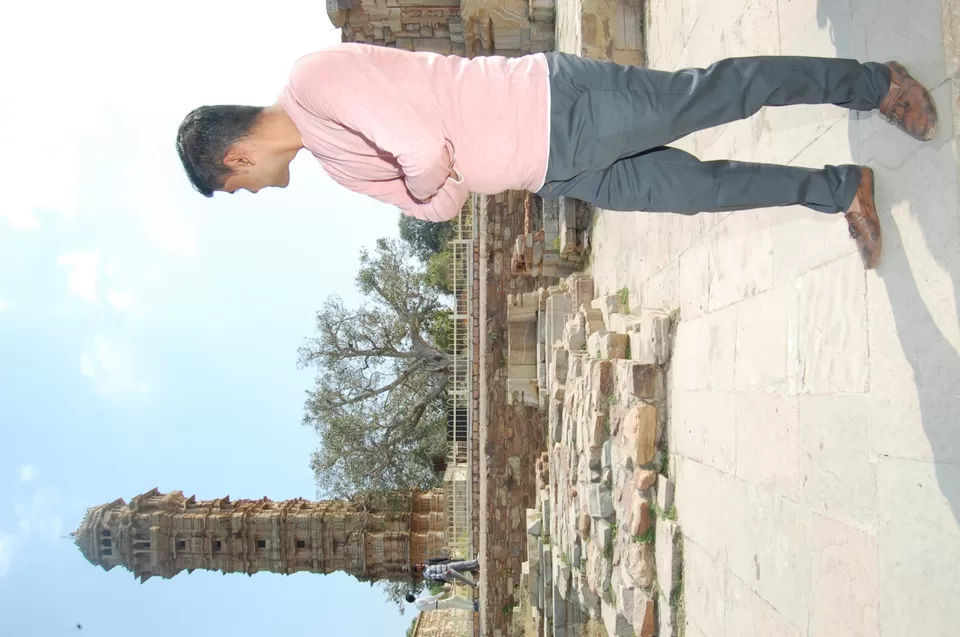

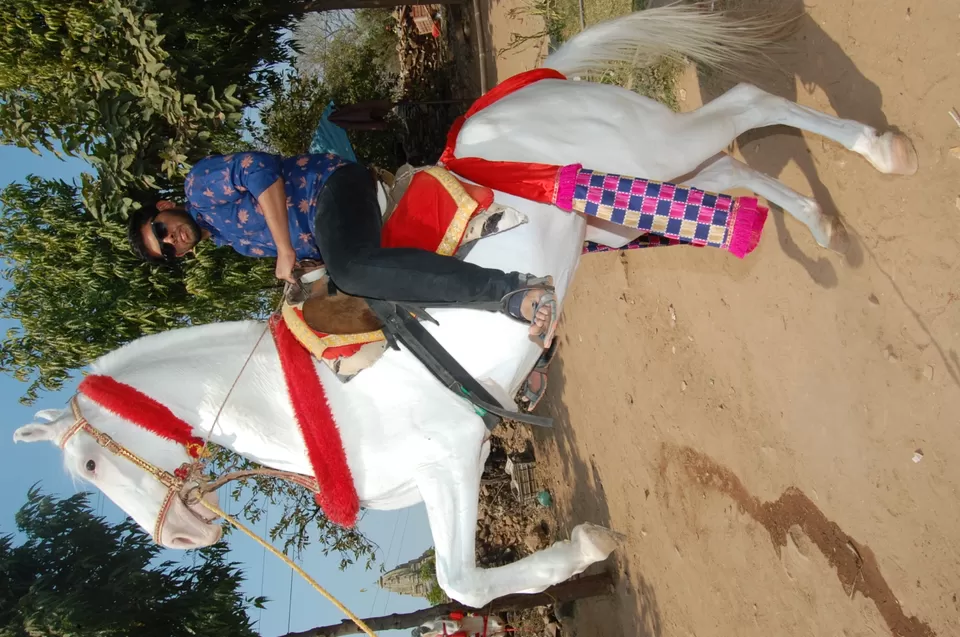



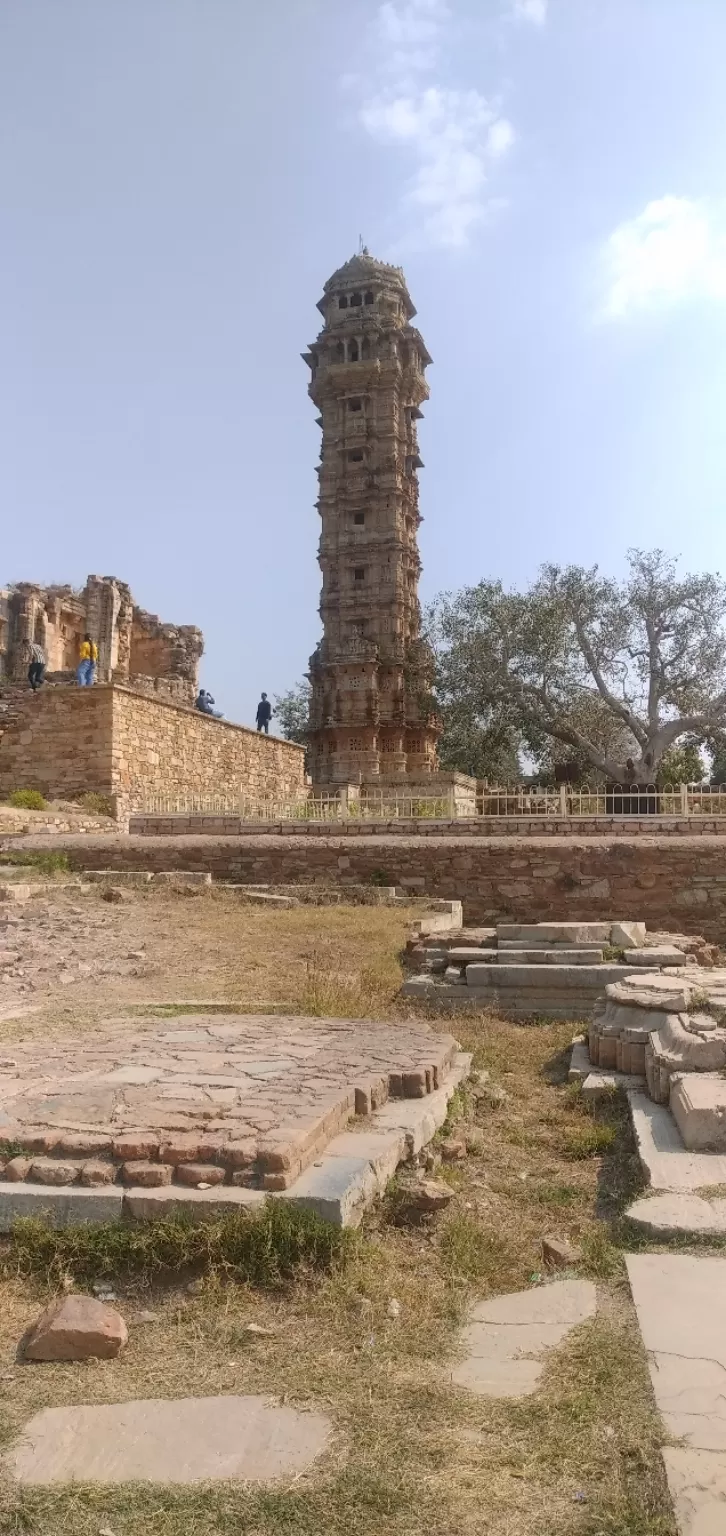



















Pushkar is a city in the Ajmer district in the Indian state of Rajasthan . It is situated about 10 km (6.2 mi) northwest of Ajmer and about 150 kilometres (93 mi) southwest of Jaipur. It is a pilgrimage site for Hindus and Sikhs .Pushkar has many temples. Most of the temples and ghats in Pushkar are from the 18th century and later, because many temples were destroyed during Muslim conquests in the area.
Subsequently, the destroyed temples were rebuilt. The most famous among Pushkar temples is the red spired Brahma Ji Temple. It is considered a sacred city by the Hindus particularly in Shaktism , and meat and eggs consumption are forbidden in the city.
Pushkar is located on the shore of Pushkar Lake, which has many ghats where pilgrims bathe.Pushkar is also significant for its Gurdwaras for Guru Nanak and Guru Gobind Singh . One of the bathing ghats is called Gobind ghat built by the Sikhs in the memory of Guru Gobind Singh.
Pushkar is famous for its annual fair ( Pushkar Camel Fair ) featuring a trading fete of cattle, horses and camels. It is held over seven days in autumn marking Kartika Purnima according to the Hindu Calendar ( Kartik (month ), October or November). It attracts nearly 200,000 people. In 1998, Pushkar hosted about 1 million domestic (95%) and international tourists over the year.








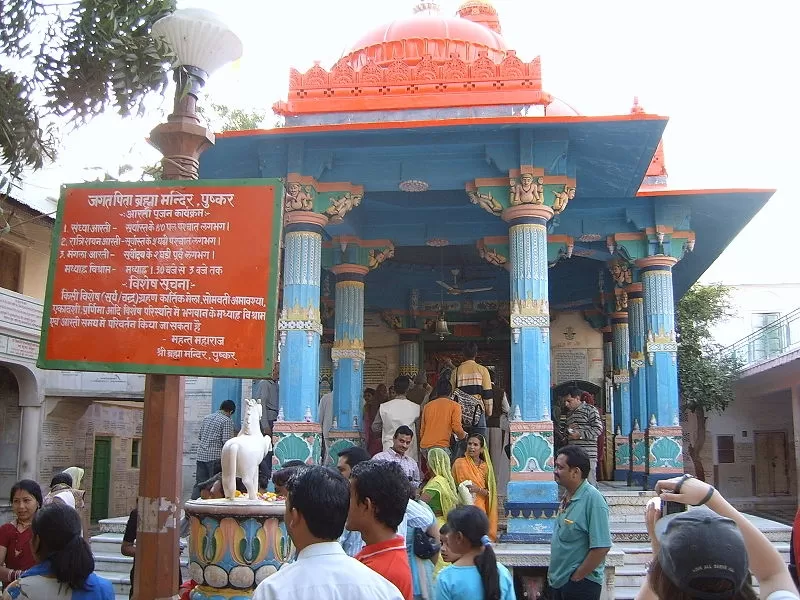
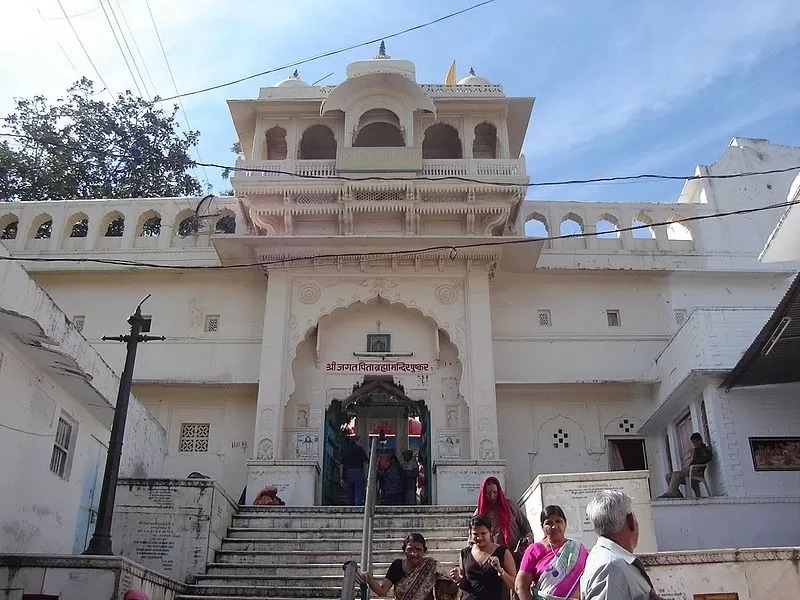

Jal Mahal (meaning "Water Palace") is a palace in the middle of the Man Sagar Lake in Jaipur city, the capital of the state of Rajasthan, India. The palace was originally constructed in 1699; the building and the lake around it were later renovated and enlarged in the 18th century by Maharaja Jai Singh II of Amber.
The Jal Mahal palace is an architectural showcase of the Rajput style of architecture (common in Rajasthan) on a grand scale, on Rajput architecture. The building has a picturesque view of Man Sagar Lake, but owing to its seclusion from land is equally the focus of a viewpoint from the Man Sagar Dam on the eastern side of the lake in front of the backdrop of the surrounding Nahargarh ("tiger-abode") hills. The palace, built in red sandstone, is a five-storied building, of which four floors remain underwater when the lake is full and the top floor is exposed[citation needed]. One rectangular Chhatri on the roof is of the Bengal type. The chhatris on the four corners are octagonal. The palace had suffered subsidence in the past and also partial seepage (plaster work and wall damage equivalent to rising damp) because of water logging, which have been repaired under a restoration project of the Government of Rajasthan.
The hills surrounding the lake area, towards the north east of Jaipur, have quartzite rock formations (with a thin layer of soil cover), which is part of the Aravalli hills range. Rock exposures on the surface in some parts of the project area have also been used for constructing buildings. From the northeast, the Kanak Vrindavan valley, where a temple complex sits, the hills slope gently towards the lake edge.
Within the lake area, the ground area is made up of a thick mantle of soil, blown sand, and alluvium. Forest denudation, particularly in the hilly areas, has caused soil erosion, compounded by wind and water action. As a result, silt built up in the lake incrementally raises the lake bed.[3] On the terrace of the palace, a garden was built with arched passages. At each corner of this palace semi-octagonal towers were built with an elegant cupola.
The restoration works of the early 2000s were not satisfactory and an expert in the field of similar architectural restoration works of Rajasthan palaces carefully examined the designs that could decipher the originally existing designs on the walls, after removing the recent plasterwork. Based on this finding, restoration works were re-done with traditional materials for plastering – the plaster consists of partly organic material: a mortar mix of lime, sand and surkhi mixed with jaggery, guggal and methi powder. It was also noticed that there was hardly any water seepage, except for a little dampness, on the floors below the water level. But the original garden, which existed on the terrace had been lost. Now, a new terrace is being created based on a similar roof garden of the Amer Palace. The building is located near the shoreline of a lake with a maximum depth of 15 ft. As the 4 stories of the building are built under the water, this means it would be structured on the bottom of the lake.





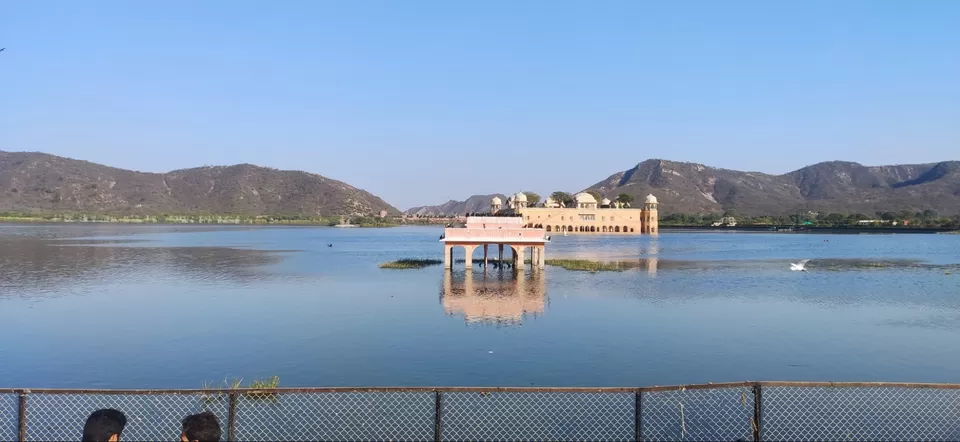








Mehrangarh Fort covers an area of 1,200 acres (486 hectares) in Jodhpur , Rajasthan , India. The complex is located on a hilltop around 122 metres above the surrounding plain,and was constructed circa 1459 by Rajput ruler Rao Jodha. Inside its boundaries there are several palaces known for their intricate carvings and expansive courtyards, as well as a museum housing various relics. A winding road leads to and from the city below. The imprints of the impact of cannonballs fired by attacking armies of Jaipur can still be seen on the second gate. To the left of the fort is the chhatri of Kirat Singh Soda, a soldier who fell on the spot defending Mehrangarh.




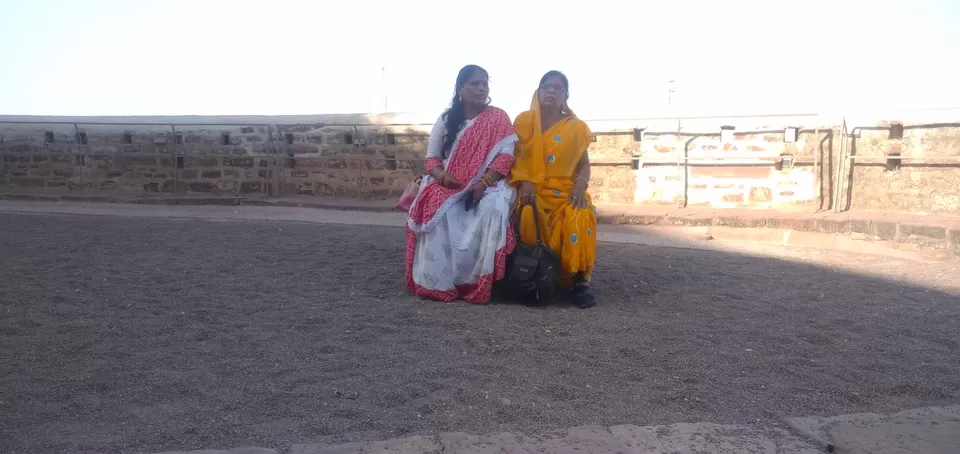



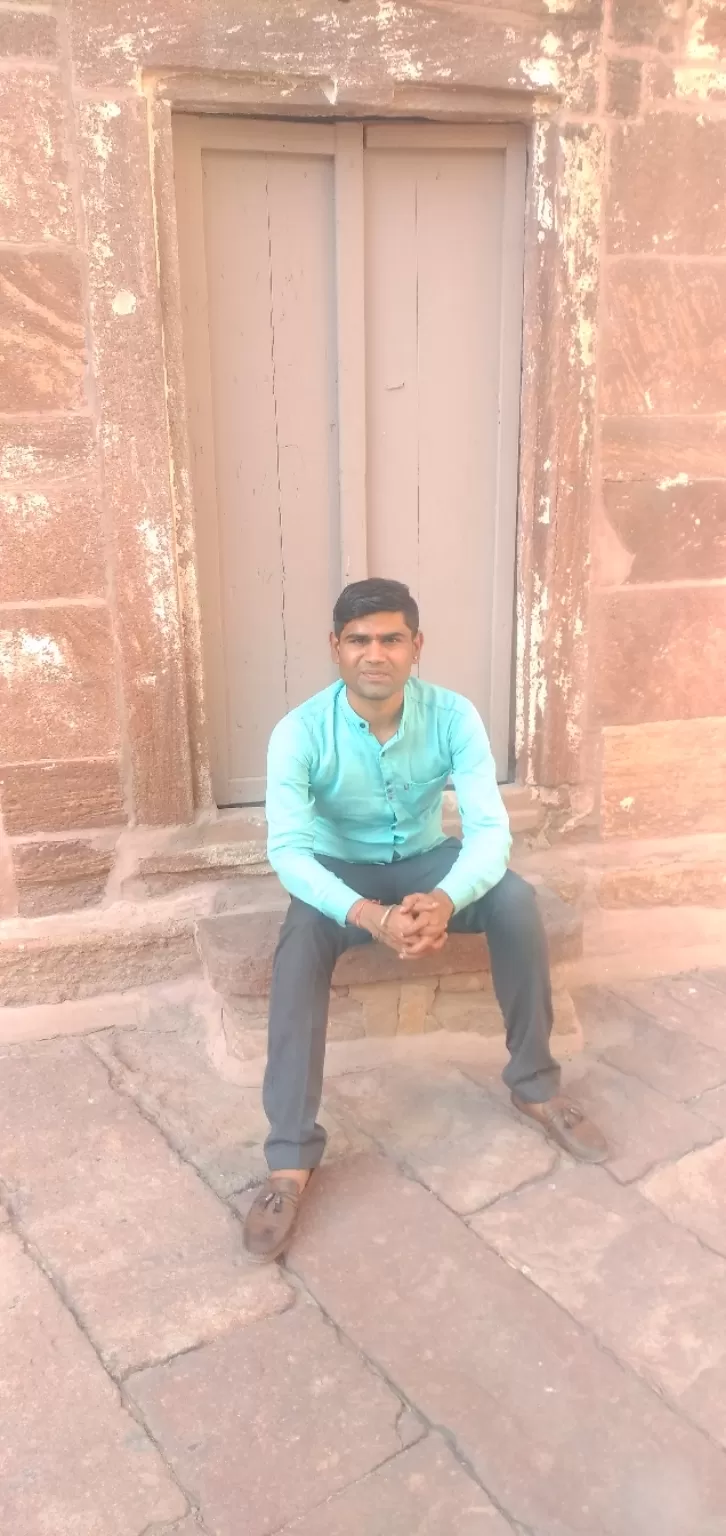






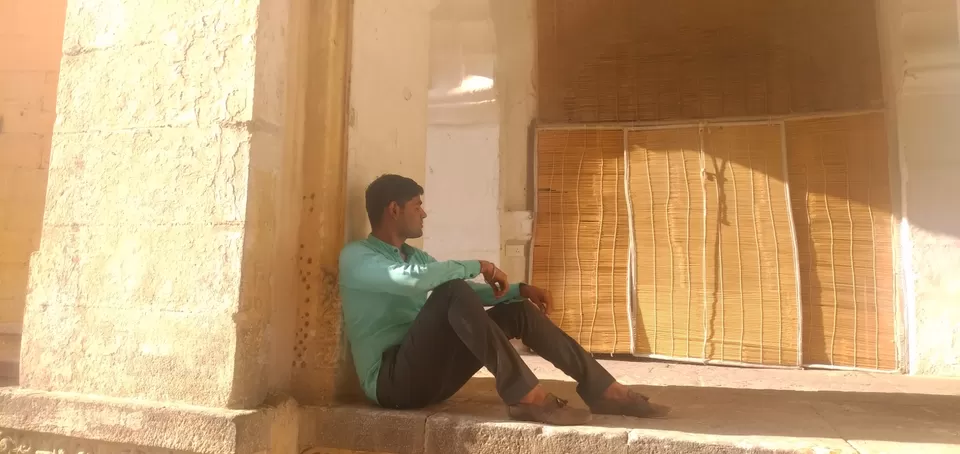



Khajuraho Temples is a group of Hindu and Jain temples built by the Chandelas reflecting the acceptance and respect for diverse religions during those times. They are famous for intricately carved statues and sculptures, some of which are remnants of the ancient culture of Kama Sutra.
The Sanchi stupa is an unparalleled example of the majestic aura that is encompassed within the Buddhist style of architecture. Ancient relics of Lord Buddha are rooted within the dome-shaped structure of the stupa. The 54 ft. high stupa tells the tales of Lord Buddha’s life through its mesmerizing and intricate carvings.
This amazingly built fort is considered one of the most impenetrable forts in the country. It has a long and turbulent history that dates back to as far back as 525 AD. The architecture and the history of this monument are intriguing and don’t miss out on the sound and light show when you visit.
Charminar was built to celebrate the end of the plague in the city and to depict that you can see a cat’s head built on one of the arches to scare away rats that had once almost destroyed Hyderabad. This monument gets its name because of its four long pillars or minars that measure almost 20 meters. It is an exquisite site and is also considered mysterious since there is a secret tunnel from here to Golconda Fort.
This fort is one of the most famous historical landmarks in India. It is an archaeological treasure known for its magnificent architecture, magical acoustic effect, and imposing structure. The fort’s mosques and colossal mud walls and its incredible acoustics are worth seeing and hearing.
This temple is built to worship the Sun God. It has 12 wheels at the base which are actually sundials that accurately measure time. This temple is built in the shape of a gigantic chariot and is a sight to behold.
This gateway is considered to be one of the most famous landmarks in the world. It was actually built as an entry and exit point during the British period but now has become a favorite picnic spot for locals and tourists. Several tourists visiting Mumbai prefer to book a stay around the vicinity of Gateway Of India and Taj Palace Hotels is one of the most famous hotels between the tourists. Whenever you plan to visit Mumbai or any other city in India or abroad. InterMiles has over 15 lac hotels so you can choose your perfect stay that meets all your requirements and also fits within your budget.
This place is a paradise for history and art lovers. It has several beautiful structures and carvings and it is also the place that recorded the first instance of human settlement which dates all the way back to 1 CE.






























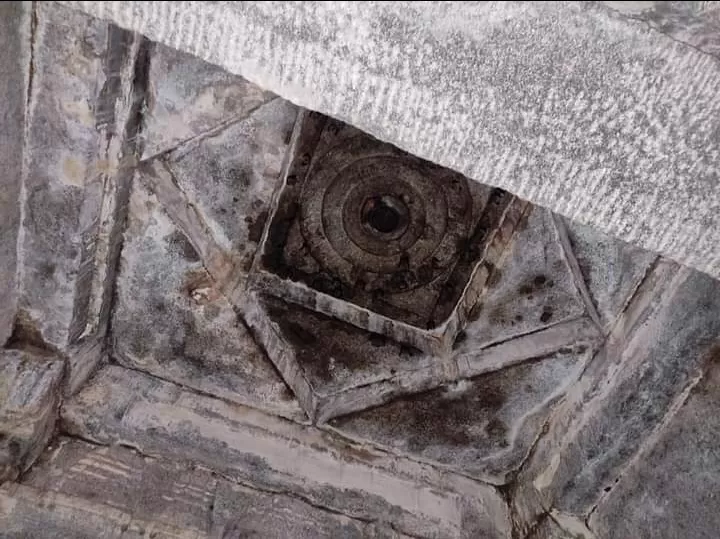

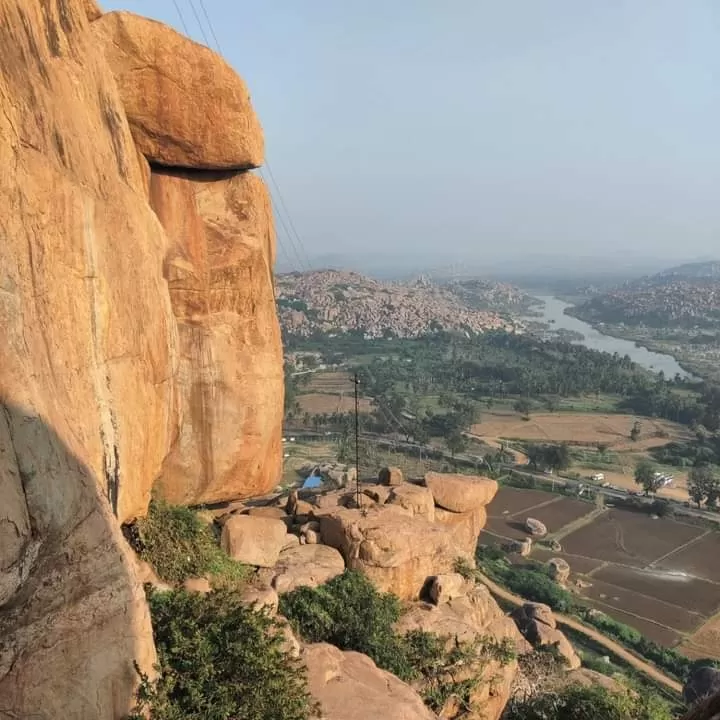


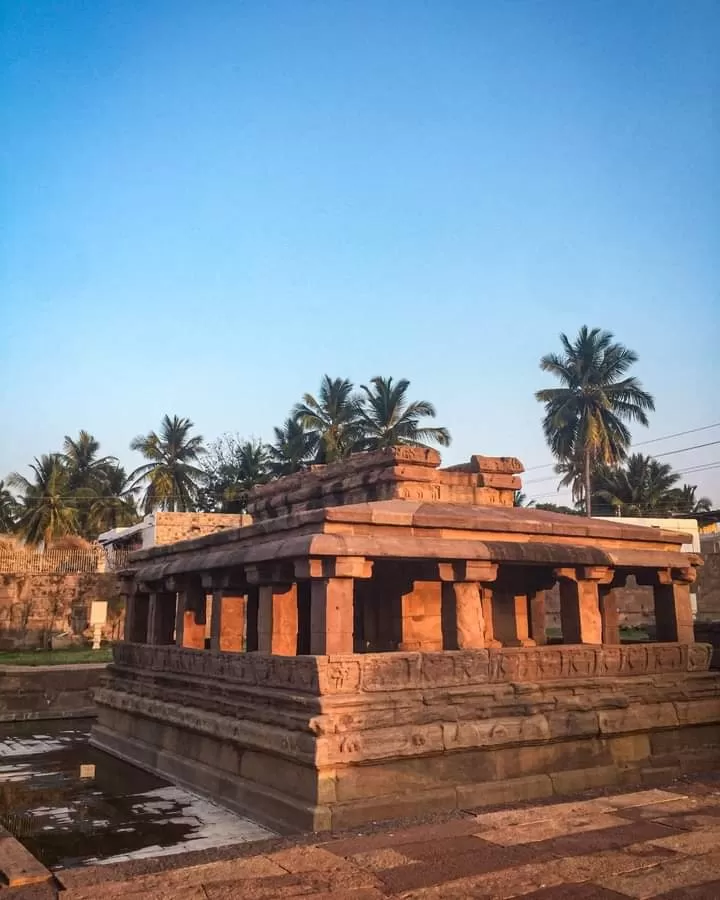

















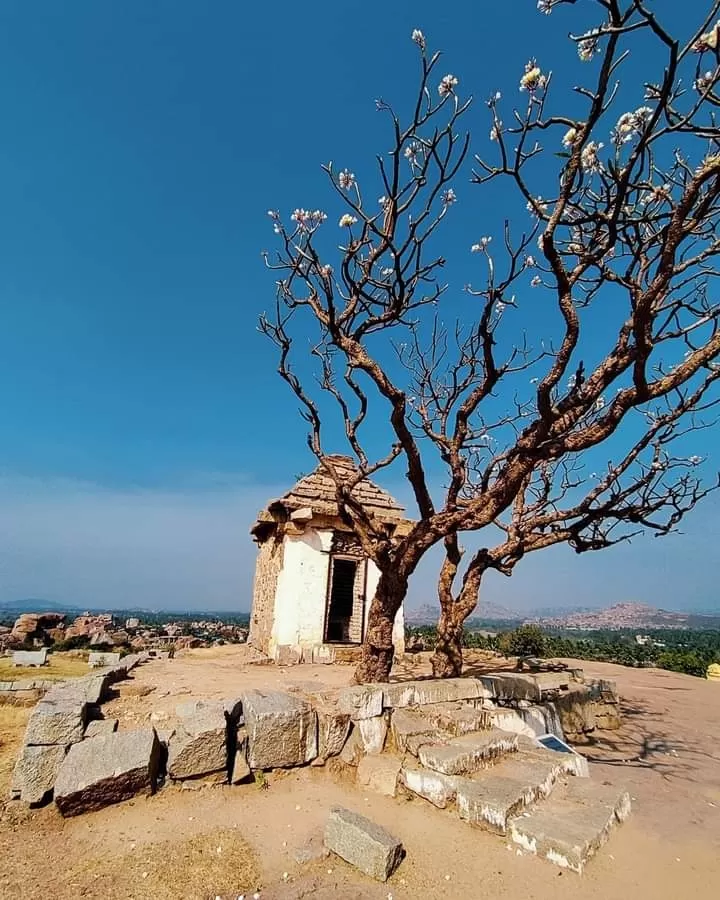

This palace is so grand in its proportions and beauty that it looks like it sprung out of a fairytale. The interiors of the palace are intricately designed and adorned with ornate ceilings. There are jeweled corridors, stained glass windows, open mandaps, and also a jeweled throne. The best time to visit this palace is during the Dussehra festival.
This is a recent archaeological discovery in Patan and it is one of the most peculiar historical places in India. It has a very interesting stepwell and over 500 elaborate sculptures of Gods and Goddesses among seven galleries that are worth seeing.
Victoria Memorial, named after Queen Victoria, is an elegant white marble structure surrounded by lush green gardens which together cover 64 acres of land. There are small beautiful structures spread throughout the garden and the best time to roam around here is in the evening when the memorial is lit up with numerous lights.
The Great Living Chola Temple
The three great temples made by the Chola empire are - Brihadeshwara Temple, Airavateshwara Temple, and GangaikondaTemple. All of them are the epitomes of artistic and architectural excellence and they reflect the outstanding achievements of the Chola Empire in sculpture, architecture, painting and bronze casting.













